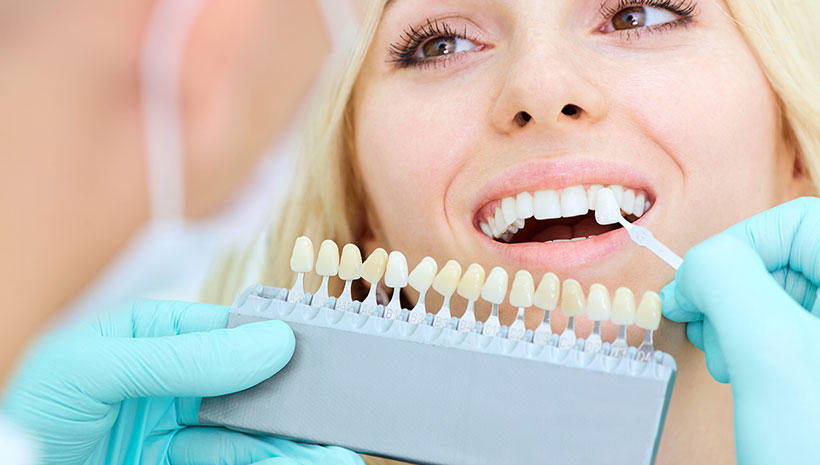
Transgender breast implants are surgery procedures designed to create a more feminine upper body. Patients must follow a hormone regimen for at least 18 months following surgery. Patients will see a reduction in body hair and a growth of fat tissue around their breasts. This will make them appear fuller and more feminine. The A and B cups are the most common.
Prices
Transgender breast implants start at $1999 for standard saline implants, and can go up to $25,000 for silicon implants. The cost of the procedure is influenced by several factors, including the type of implant used, the surgeon's fees, and any previous surgeries. BMI, which is the body mass index of the patient, also affects the cost.
Transgender implants for breasts are considered cosmetic surgery in Australia. This means that they are not eligible to receive Medicare rebates or early access superannuation. It is still possible to find an Australian surgeon to perform the procedure. The Australian Professional Association for Transgender Health lists accredited clinics and surgeons throughout the country. However, you need to be aware about the possible risks.
Anatomy
The anatomy of a transgender woman's breast is different than that of an biological female. Genetic males tend to have wider shoulders and a broader chest, and a smaller inframammary fold than a female's. Implants placed beneath the NAC could not achieve the desired shape or fullness. Implants placed slightly medial may give you a more feminine, smoother look and more cleavage. This problem can be fixed by fat grafting.

A surgeon will make an implant that looks more natural if he's able to accurately evaluate the size and shape. This procedure can be performed with silicone breast implants, or saline. The most common choice is silicone implants. There are three types if silicone breast implants: textured, smooth and shaped. A doctor may use an anatomic sizer to find out which ones would look best on a transgender patient. To get an accurate idea of the patient's breast size, the surgeon might also use a computer simulation.
Procedures
Transgender (male to female) breast augmentation can give you the appearance and feeling of a woman. The procedure can be performed in one to two stages depending on your requirements and preferences. The first stage may involve a tissue expander that stretches the lower pole skin to accommodate a larger implant. Implant placement is the second phase.
It is important to be healthy and realistic about your expectations in order to prepare for the procedure. A doctor specializing in breast augmentation and reconstruction can give you specific instructions. If you're transgender you need to be familiar with your body's unique anatomy. You also need to know how you want to feel after the procedure.
Complications
Transgender women seeking to increase their breast size are at greater risk of secondary complications like implant rupture or asymmetry. These complications can also lead to reoperation. As more transgender patients undergo gender affirming surgery, the risks associated with transgender breast augmentation surgery have increased.
The World Professional Association for Transgender Health(WPATH) established standards for patient care for transgender women undergoing breast augmentation. These guidelines provide a guideline for the preoperative care of transgender patients.

Long-term results
Long-term results of transgender breast implant surgery can be difficult to assess, as some patients may have complications. Most transgender patients are pleased with the results. However, some may be disappointed. The majority of women who go under the knife are pleased with the outcome. However, only 3% of them would do it again. There are risks of complications. Transgender women may feel discomfort after the surgery. There are many options to make transgender women feel more at ease.
Capsular contracture can occur in transwomen even though the risk is low. This condition was reported by about 3% transwomen. Only 1% of the patients who had this surgery had had their implants removed. Although this may seem low, it's still significant enough to warrant additional research.